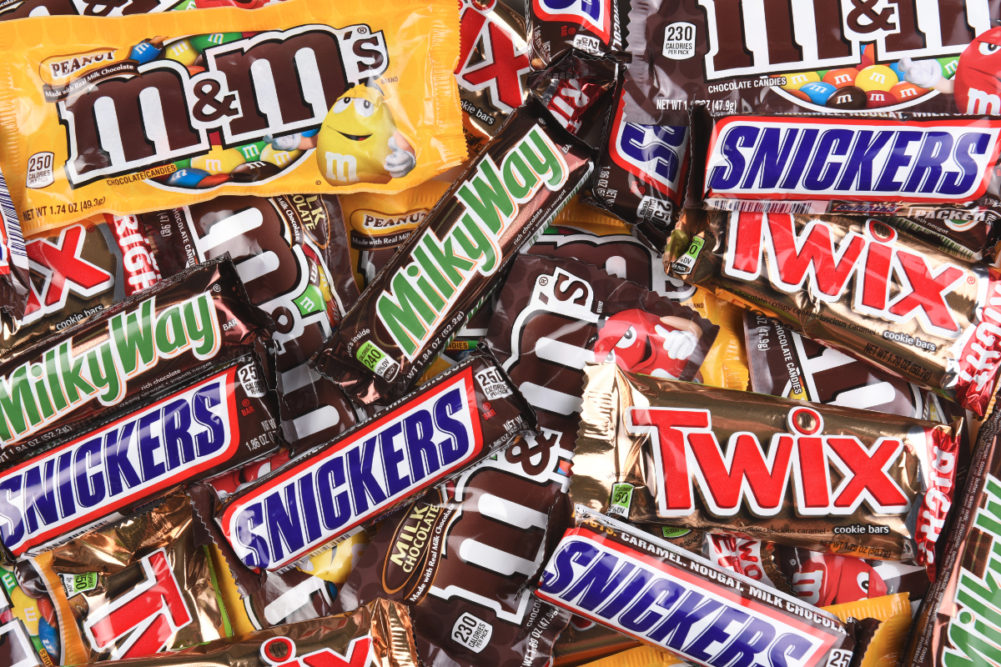WASHINGTON — Confectionery sales during the winter holiday season of 2020 were up 1.9% from a year earlier, according to the National Confectioners Association (NCA) and based on data from Information Resources, Inc.
“The drastic change in shopping behaviour led to uncertainty for the 2020 winter holiday season, and surveys indicated people were traveling less and celebrating at home in small gatherings, inviting fewer people,” the NCA said.
Multi-outlet channels increased total confectionery dollar sales by 1.9% during the 2020 winter holiday period, with chocolate sales up 7% and non-chocolate sales up 5% from 2019, more than offsetting a 28% decline in gum and mint sales, with the latter decline attributed to increased social distancing during the COVID-19 pandemic. Chocolate accounted for 64% of confectionery sales during the period, the IRI data showed.
Grocery showed the strongest sales during the winter holiday period, with chocolate sales up 10% from a year earlier and non-chocolate up 9%. Sales at convenience stories also improved, but sales at drug stores were down from a year earlier.
Dollar sales of seasonally-themed chocolate were up 2.6% from 2019, but seasonal non-chocolate sales dropped 7%, which Anne-Marie Reorink, founder of 210 Analytics, attributed to retailers stocking fewer non-chocolate items for the winter holiday season.
IRI data showed chocolate and non-chocolate sales totaled $4.7 billion during the holiday period, up 10% from a year earlier, with brick-and-mortar sales up 4.1% and online sales up sharply and contributing $649 million to the total.
The pandemic affected consumers’ seasonal engagement drastically in 2020, as well as changing everyday confectionery demand, shopping at different stories, on different days and at different times, Ms. Roerink noted.
Retailers bought less season-specific candy for Halloween and backfilled with everyday assortments, the NCA said, with a result of Halloween candy sales increasing from 2019 as families celebrated at home amid less trick-or-treating.
The 2020 Easter season had “two weeks of normalcy,” before the lockdown that prompted the largest two-week period of food sales in history, followed by an extended period of sheltering-an-home, according to the NCA.





